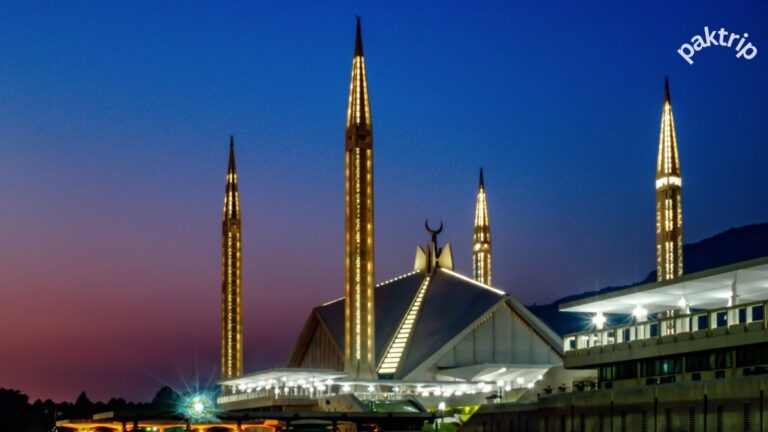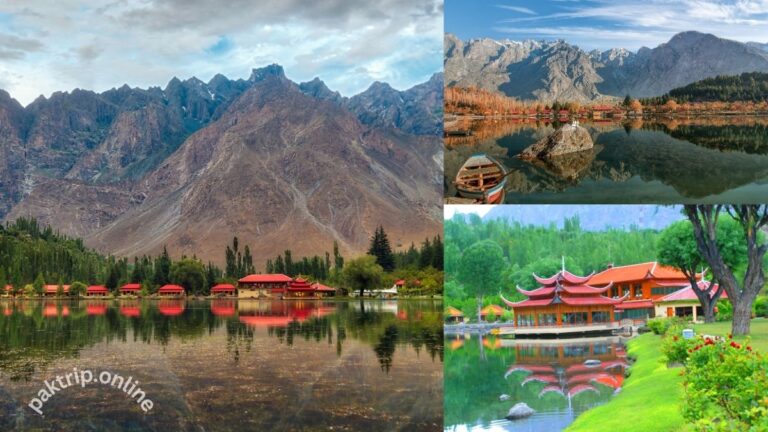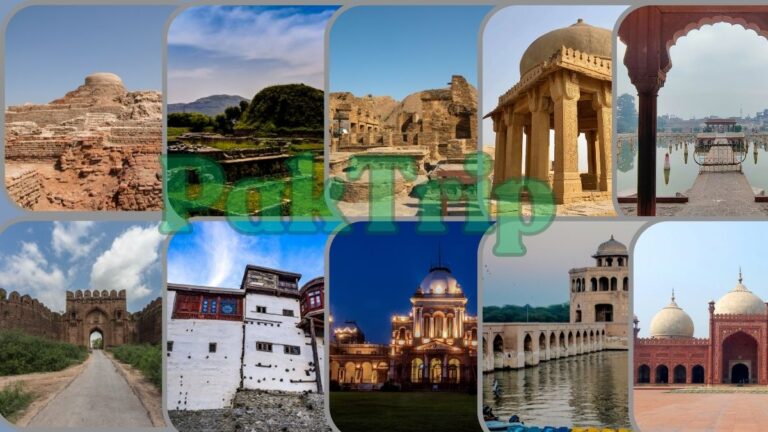Altit Fort: A Timeless Treasure of Hunza Valley
Altit Fort is a historical gem that offers visitors a glimpse into the region’s rich past, With its strategic location atop a cliff and stunning views of the valley below, Situated in the heart of Pakistan’s breathtaking Hunza Valley. Altit Fort has stood the test of time for over a thousand years. This ancient fortress is not only a symbol of Hunza’s royal heritage but also a testament to the remarkable architecture and culture that shaped this picturesque part of the world.
If you’re planning a trip to Hunza Valley, this Fort is a must-visit destination. Whether you’re a history enthusiast, a nature lover, or someone looking to explore a unique part of Pakistan, this Fort has something special for everyone. This article takes you on a journey through the history, architecture, and cultural significance of this iconic structure.
A Glimpse into Fascinating History
Altit Fort is one of the oldest forts in the region, built over 1,100 years ago. It was initially constructed as a royal residence and a strategic defense fortification for the Mirs of Hunza, the ruling family of the area. The fort’s design was intended not only for protection but also to symbolize the authority and power of the Hunza rulers.
The fort was built during a time when the region was frequently under threat from neighboring tribes and invaders. The location of the Fort, perched high on a cliff overlooking the valley, allowed the Mirs to monitor the surrounding areas and protect their kingdom. Over the years, it served as a residence, a military stronghold, and a symbol of the region’s resilience.
While Baltit Fort, located nearby, eventually became the residence of the Mirs of Hunza, Altit Fort remains an important part of the region’s history. It’s one of the few places where visitors can experience the grandeur of Hunza’s past while enjoying the stunning natural beauty of the valley.
The Architecture: A Blend of Tradition and Innovation
One of Altit Fort’s most striking features is its unique architecture. Built with a combination of stone and wood, the fort is a perfect example of ancient construction techniques. It is designed on multiple levels, with each level serving a different purpose.
The fort is located on a rocky hilltop, which adds to its defensive strength. The walls are made of large stones, and the wooden beams that support the structure are crafted from local timber. This blend of stone and wood gives the Fort a rugged, timeless charm that has withstood centuries of harsh weather conditions.
The Fort is designed in such a way that it blends seamlessly with the natural landscape. The architecture is simple yet elegant, with narrow passageways, wooden columns, and carved doors that add to the fort’s beauty. The design of the fort reflects the influence of both Central Asian and Tibetan architectural styles, making it a fascinating example of cultural fusion.
One of the most remarkable parts of the fort is the Shikari Tower, which is the highest point in the fort. From this tower, visitors can enjoy a panoramic view of the Hunza Valley, the surrounding mountains, and the Hunza River that flows below. The Shikari Tower was originally used as a lookout point to monitor the surrounding area for any potential threats. Today, it offers visitors one of the most stunning views in the region.
Inside Fort: Exploring the Past
As you step inside Altit Fort, you are transported back in time. The fort has been meticulously restored to give visitors a true sense of what life was like for the royal family of Hunza. The rooms inside the fort are simple yet charming, with wooden floors, narrow windows, and high ceilings that keep the air cool even in the heat of summer.
One of the most fascinating parts of the fort is the lantern-roofed room on the second level, which was likely used for official ceremonies and receptions. The room features four trapezoidal columns that taper from floor to ceiling. These columns are symbolic of the ‘pillar of the world,’ a cosmological concept that reflects the connection between the earth and the heavens.
As you explore further, you’ll notice that the rooms are designed to provide support against the strong winds that can whip through the Hunza Valley. The walls are thick, and the wooden pillars provide extra stability to the structure. The rooms are sparsely furnished, but the simplicity of the decor adds to the fort’s historic charm.
Fort has several other rooms that were once used for different purposes, such as the royal chambers, storage rooms, and even a small dungeon. Each room is connected by narrow passageways, and the stairs lead visitors to higher levels where they can enjoy beautiful views of the surrounding valley.
The Spiritual Side of Fort
In addition to its military and royal history, this Fort also has a spiritual side. The fort is home to a small mosque, which was built around 400 years ago. This mosque adds an important cultural and religious dimension to the fort. The mosque is a place for prayer and reflection, offering visitors a peaceful retreat from the bustling energy of the rest of the fort.
The mosque is simple, with traditional wooden beams and a small prayer area. It is a reminder of the cultural and religious influences that shaped the region over time. Visitors can pause for a moment to soak in the serene ambiance, allowing themselves to truly appreciate the peaceful atmosphere the mosque offers.
Best Time to Visit
The best time to visit Altit Fort is during the spring and summer months, from April to October. During this period, the weather is pleasant, and the valley is lush and green, providing a beautiful backdrop to the fort. The snow-capped peaks of the Karakoram Mountains make for a stunning sight as you explore the fort and surrounding area.
Visiting the Fort in spring and summer allows you to fully enjoy the fort’s outdoor spaces, including the Shikari Tower and the terrace area. The views from these vantage points are truly breathtaking, and the weather is perfect for hiking and exploring the surrounding landscape.
Winter, on the other hand, brings snow and colder temperatures, making it more difficult to access the fort. While the fort is open year-round, visiting during the warmer months is recommended for the best experience.
Why You Should Visit Altit Fort
Altit Fort is a must-visit destination for several reasons:
Rich History: The fort offers a unique glimpse into the history of Hunza. With over a thousand years of history, it tells the story of the region’s royal family, its defense strategies, and its cultural evolution.
Breathtaking Views: The fort’s location atop a cliff provides stunning views of the surrounding mountains, valleys, and the Hunza River. The Shikari Tower is the perfect spot to take in the panoramic scenery.
Unique Architecture: The combination of stone and wood in the fort’s construction makes it a beautiful example of ancient architecture. The design of the fort reflects the cultural influences of Central Asia and Tibet, making it an architectural marvel.
Cultural and Spiritual Significance: The fort is not just a historical site but also a place of spiritual importance, with a mosque that has been part of the fort for centuries.
Conclusion
Altit Fort is more than just a historical site; it’s a place that connects visitors to the past while offering breathtaking views of the present. With its ancient architecture, rich history, and spiritual significance, This Fort is a true treasure of Hunza Valley. Whether you’re interested in history, culture, or nature, Altit Fort is a must-see destination that will leave a lasting impression.







